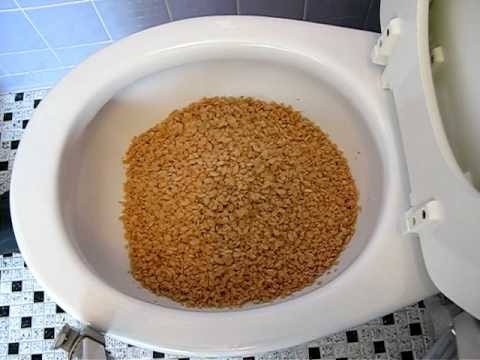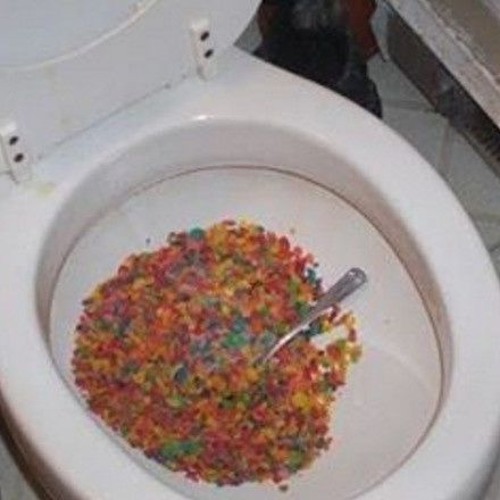Can One to Dispose of Food Waste in the Toilet?
Can One to Dispose of Food Waste in the Toilet?
Blog Article
Nearly everybody will have their own individual conception with regards to What Can Happen If You Flush Food Down the Toilet?.

Introduction
Lots of people are usually confronted with the problem of what to do with food waste, especially when it comes to leftovers or scraps. One common inquiry that emerges is whether it's all right to flush food down the commode. In this write-up, we'll explore the reasons why people could consider purging food, the consequences of doing so, and alternative approaches for correct disposal.
Reasons people might take into consideration flushing food
Lack of recognition
Some individuals might not know the possible damage brought on by purging food down the bathroom. They may erroneously believe that it's a harmless practice.
Comfort
Flushing food down the bathroom might appear like a fast and very easy service to throwing away unwanted scraps, particularly when there's no close-by trash can offered.
Laziness
In some cases, individuals may merely select to flush food out of sheer laziness, without considering the consequences of their actions.
Consequences of flushing food down the toilet
Ecological impact
Food waste that ends up in rivers can add to contamination and damage marine environments. Additionally, the water made use of to purge food can strain water resources.
Plumbing issues
Purging food can result in clogged up pipes and drains pipes, causing pricey plumbing repair work and aggravations.
Kinds of food that need to not be flushed
Fibrous foods
Foods with fibrous textures such as celery or corn husks can obtain tangled in pipelines and cause blockages.
Starchy foods
Starchy foods like pasta and rice can soak up water and swell, bring about blockages in pipelines.
Oils and fats
Greasy foods like bacon or cooking oils need to never ever be purged down the commode as they can solidify and cause blockages.
Proper disposal approaches for food waste
Using a garbage disposal
For homes outfitted with waste disposal unit, food scraps can be ground up and purged through the pipes system. Nevertheless, not all foods appropriate for disposal in this fashion.
Recycling
Particular food product packaging products can be recycled, decreasing waste and decreasing ecological influence.
Composting
Composting is an eco-friendly means to throw away food waste. Organic materials can be composted and utilized to enrich dirt for gardening.
The value of correct waste monitoring
Decreasing ecological damage
Proper waste monitoring techniques, such as composting and recycling, assistance reduce pollution and preserve natural resources for future generations.
Securing pipes systems
By avoiding the method of flushing food down the toilet, house owners can prevent expensive pipes fixings and preserve the integrity of their plumbing systems.
Conclusion
Finally, while it might be appealing to flush food down the toilet for comfort, it is essential to understand the possible effects of this action. By adopting appropriate waste administration practices and throwing away food waste properly, people can contribute to much healthier pipes systems and a cleaner atmosphere for all.
FLUSH FOOD DOWN THE TOILET?
FLUSHING FOOD CAN CAUSE BLOCKED DRAINS IN YOUR HOME
All of the plumbing fixtures in your home are connected to the same sewer pipe outside of your home. This outdoor sewer pipe is responsible for transporting all the wastewater from your home to the Council sewer mains. Even small pieces of food that go down the kitchen sink can cause problems for your sewer. It should therefore be obvious that flushing larger bits of food, such as meat, risks a clog in either the toilet itself or the sewer pipes. Flushing greasy food is even more problematic because oil coagulates when it cools, coating the interior lining of your pipes.
THE TOILET IS NOT A BIN
Food isn’t the only thing that people shouldn’t be flushing down the toilet. People use the toilet to dispose of all kinds of things such as tampons, makeup wipes, dental floss, kitty litter and even underwear. Water goes to great lengths to educate residents about the high costs and stress placed on wastewater treatment systems simply from people flushing the wrong stuff down the toilet. It costs taxpayers millions of dollars each year, and homeowners thousands in blocked drain repairs.
FLUSHING FOOD IS A WASTE OF WATER
Flushing food is a waste of our most precious resource - water. In June this year Level 1 water restrictions were introduced to protect water supply from drought conditions. Much of New South Wales continues to be affected by prolonged drought with recent figures revealing up to 97 per cent of the state remains in drought. Depending on whether you have a single or dual flush toilet, every single flush uses between five and 11 litres of water. In the current climate this is a huge amount of water to be wasting on flushing food that should be placed in the bin (or better yet, the compost).
https://www.jabplumbingsolutions.com.au/blog/can-you-flush-food-down-the-toilet

We are very interested by and I really hope you appreciated the post. Sharing is nice. Helping people is fun. Many thanks for taking the time to read it.
Additional Resources Report this page